Protima Bedi
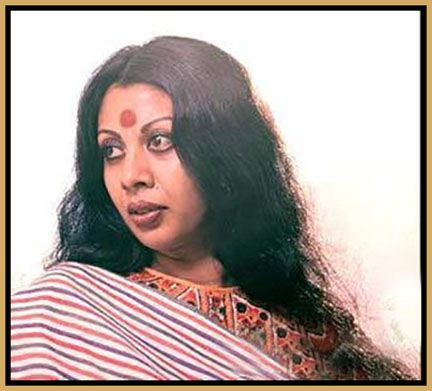
Subscribe to read full article
This section is for paid subscribers only. Our subscription is only $37/- for one full year.
You get unlimited access to all paid section and features on the website with this subscription.
Not ready for a full subscription?
You can access this article for $2 , and have it saved to your account for one year.
- Born: 12 October 1948
- Died: 18 August 1998
- Primary Cinema: Hindi
- Parents: Reba and Laxmichand Gupta
- Spouse: Kabir Bedi
- Children: Pooja Bedi, Siddharth Bedi
- Grand Children: Aalia Furniturewala (granddaughter, actress)
“You have only to ready yourself, to allow things to happen as they should. The greatest favour you can do yourself is to 'get out of your own way'.”
- Protima Bedi, Timepass: Memoirs of Protima Bedi
Odissi dancer, model, actress and the founder of the Nrityagram ensemble and school, Protima Gauri Bedi was known for Gaman (1978), Miss Beatty's Children (1992) and Adha Sach Adha Jhoot (1987). Throughout her brief life, she refused to be put in a box, instead making her name as a bold, feminist icon. She made headlines by streaking for a film magazine, gave up a thriving modelling career to learn Odissi dance at the age of 26, founded the Nrityagram dance school which sought to preserve elements of Indian classical dance, and then gave everything else up when her son, Siddharth, who suffered from schizophrenia, committed suicide while in college.
She was born in Delhi on 12 October 1948 to mother Reba, a Bengali by origin, and father Laxmichand Gupta, a trader belonging to a business family from Karnal district, Haryana. She was the second of four siblings; three daughters and a son. In 1953, her family moved to Goa, and subsequently to Bombay in 1957. She studied at a local school in Karnal, followed by Kimmins High School, Panchgani and graduated from St Xavier’s College, Bombay in 1967.
Stepping into modeling by the late 1960s, she made waves when she streaked at Juhu beach for the launch of Cine Blitz magazine in 1974. Former owner and publisher of the magazine, Rita Mehta, daughter of the late Russi Karanjia, the honcho of magazine, revealed that “The idea was to create a splash. We were coming in quite late into a market which had a lot of competition, so how were we going to attract the buyer and reader? We thought of Protima Bedi because she was such an open-thinking lady, certainly way ahead of her time. I asked her, would you do it? And she said, yes, why not? I did not expect an answer like, 'why not?' So, that was that then. We shot the streaking scene twice. Tyeb Badshah was the photographer. We also shot very early morning on the streets at Flora Fountain, which were eerily quiet at that hour… We shot the streaking scene at Juhu Beach. In the end, we used the beach scene for the cover. It worked like magic and that issue, which was a thick one, was a sellout.”
Later, Kabir Bedi, her husband at the time, would admit that the episode left everyone shocked. “At that time, I was shooting for Sandokan. I was offered the lead in a European television series and I wanted to make the most of it. I didn’t want it to upset my focus, so I didn’t make a fuss about it. But people could not understand how I could accept my wife streaking. How I wouldn’t walk out on her or throw her out of the house. That was the age we lived in. That was the openness and tolerance we were trying to achieve.”
She also went on to appear in a few films. In 1978, she had a brief role in Muzaffar Ali’s Gaman, and played a character named Kamla Devi in the 1992 drama film Miss Beatty’s Children. Directed by Pamela Rooks, the English language film revolved around an English missionary, Miss Beatty (Jenny Seagrove), who comes to Victorian India to rescue orphan children and convert them. She also acted in the TV thriller series Adha Sach Adha Jhoot (1987 – 1988) alongside Shafi Inamdar, Kanwarjeet Paintal and others.
In an interview she revealed that she had been leading the life of a heedless socialite, when she caught sight of a guru teaching the dance form and found her life's goal, undergoing a major transformation. “The beauty, grace, sensuousness and lyricism overpowered my senses. It had a tremendous aesthetic and spiritual quality,” she wrote. The very next day, Bedi flew to Odisha, ditching her modelling career which was at its peak. She was 26 when she was inspired to become a student of Guru Kelucharan Mohapatra. Under the Guru's tutelage, she learnt the art of dancing, practicing for 12 to 14 hours a day. She trained further under Guru Kalanidhi Narayanan of Madras. “Dance became my dialogue with God. I was a medium for God to express His divinity. How else could my body get into these postures? My priorities had begun to change,” she wrote.
She started giving performances around the country, and also started her own dance school at Prithvi Theatre in Juhu, Mumbai, which later became the Odissi Dance Centre.
In 1989, she started building what would become Nrityagram, India's first free dance gurukul, for various Indian classical dances as well as two martial arts forms, Chhau and Kalaripayattu. Inaugurated on 11 May 1990, by the then-prime minister, V P Singh, it has a small community of students from all parts of India with a common aim of learning Indian classical dance. It was founded as a free school that accepted any needy young woman who could find her way to it on her own. There the women learned to dance and perform Odissi. They also learned skills that Ms. Bedi felt were necessary to prepare them for life, like English and typing, and grew their own food. The students were also trained to help run the company. The young dancers of Nrityagram also began touring the world, performing with freshness and delicacy. They made their New York debut in 1996 at the Kaye Playhouse.
Constructed by architect Gerard da Cunha as a model dance village, Nrityagram won the best rural architecture award in 1991. To raise funds to run Nrityagram, the small deluxe tourist resort Kuteeram was built in 1992 for festival visitors. She also founded an international dance festival on the school grounds. The annual dance festival Vasanta Habba, which was first started in 1994, had 40,000 visitors when it was held in 2004.
On the personal front, after a few months of meeting well-known film actor and producer Kabir Bedi during her modelling career, she had left her parents' house to live with him. She married Bedi; the couple had two children, Pooja Bedi and Siddharth Bedi. They reportedly had an open marriage and divorced in 1977, eight years after they had wed.
Her son, Siddarth suffered from schizophrenia and committed suicide in July 1997 while he was studying in North Carolina. She suffered ill-health herself. Subsequently, she announced her retirement, deciding to take “some kind of sanyas from the city life, my profession and children.” Consulting her guru on what to change her name to, he said that since she had openly shown her Kaali form, it was time to show her Gauri form. Desiring a name that didn’t belong to her father or husband, she chose Protima Gauri. Handing over Nrityagram to those who she thought would run it well, the vivacious, extrovert woman was starting to look inwards. Withdrawing from societal life, she shaved her head and disposed of all her material belongings.
In an interview, she said, “I have decided to give myself up to the Himalayas. It is the call of the mountains which has beckoned me to them. And who knows what may come out of it? It is bound to be something good.” In August 1998, she set off on a popular Hindu pilgrimage route to Kailash Mansarovar in Tibet. She never returned.
Protima Gauri was one of the many killed in the Malpa landslide, near Pithoragarh, in the Himalayas, on 18 August 1998. While her belongings were found, her physical remains were never recovered. Her daughter Pooja would later write, “She had always wanted to die one with nature and used to wince at the thought of dying a common, painful death and being burned in some soulless crematorium. Well, I guess she had her way even in death.”
In 2000, Pooja Bedi (actress, TV host, newspaper columnist, entrepreneur) published her mother’s autobiography, Timepass, based on a collation of her journals and letters. It gives an account of her relationships and lifestyle, the birth of her dream project, Nrityagram, and her eventual transition into a sanyasin towards the end of her life, when she retired from public life and wanted to explore the Himalayas.
References
https://www.nytimes.com/1998/08/30/arts/protima-gauri-bedi-49-dancer.html
https://www.imdb.com/name/nm0066071/
starsunfolded.com
Timepass: The Memoirs of Protima Bedi
Image credit: https://www.punjabigram.com/protima-bedi/page/2/
-
Filmography (1)
SortRole
-
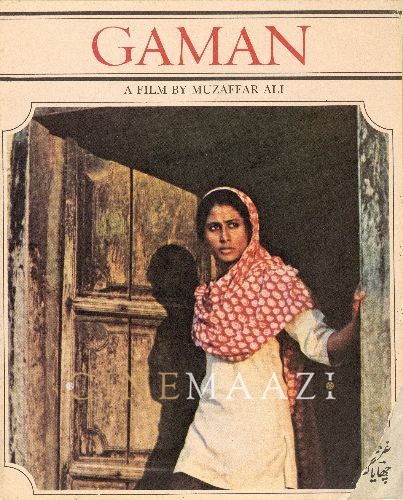
Gaman 1978
-






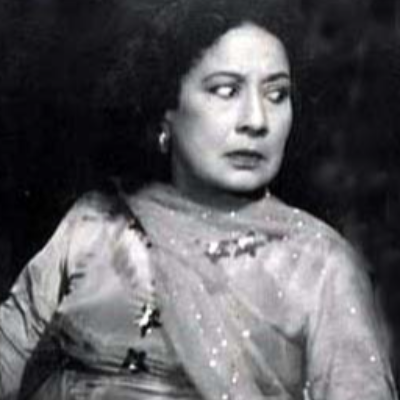
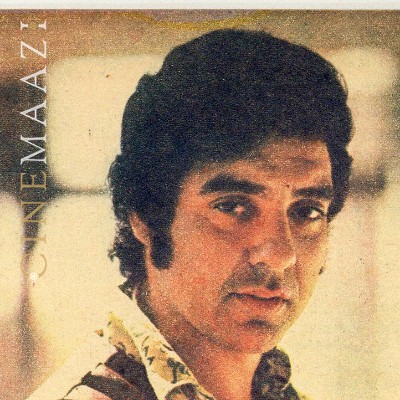


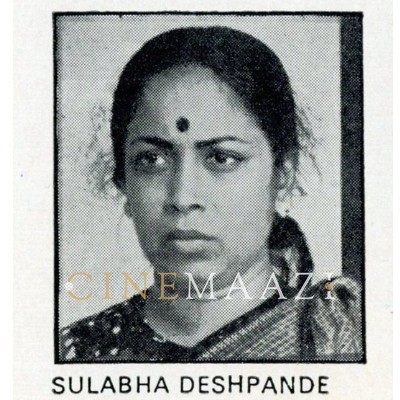

.jpg)



